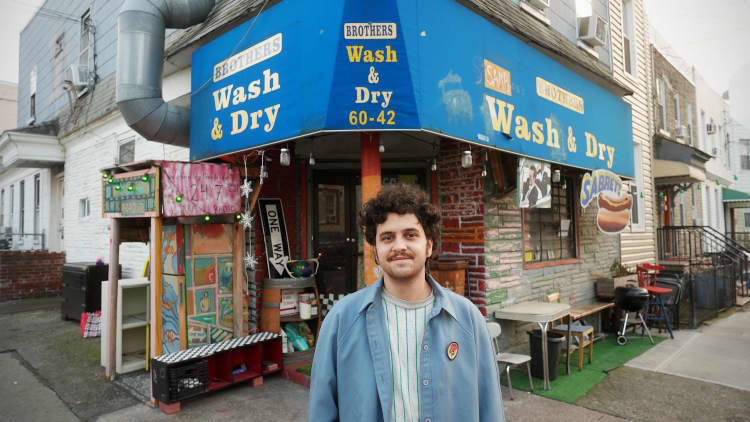If you like drinking wine, chances are you’ve had some fancy bottles and some decidedly unfancy ones. Inexpensive wine has its place: If you’re at a pool party drinking rose out of Solo cups, it’s a little silly to break the bank.
But if you want to have a memorable wine-drinking experience (and want to share one with your guests or hosts) you’re going to have to break the habit of looking for the best sale at the liquor store.
“When you go to the store and you’re getting a wine that’s under $20, there’s a very good chance you’re looking at something that was mass produced and conventionally farmed with synthetic pesticides, fungicides, herbicides,” says Mark Osborn, lead sommelier at SommSelect. “That’s all that’s just living inside your wine.”
Osborn has tasted more than 15,000 bottles of wine and concedes that you occasionally get very good bottles for cheap and pay exorbitant prices for wine that ends up being disappointing. By and large, though, he says, the $25 to $30 price point is where “things start breaking out, and you start to get some identity expression” in your wine.
The sweet spot for a good bottle: $30 to $60. Double that to $60 to $120 if you’re buying from a premium region such as Burgundy, Napa or Champagne.
Here’s Osborn’s best advice for choosing a great bottle.
Read the back label
It’s no secret that people like to shop for wine by label. If it’s all roughly the same price, why not pick the best looking one, right? But that’s unlikely to help you find a bottle of wine that actually tastes good.
“A cool label doesn’t mean there’s cool wine inside,” says Osborn. “It means they probably have someone with some marketing prowess.”
The label you should be focusing on is on the other side of the bottle, Osborn says. Even if the information about vintages and regions and grape varietals doesn’t mean much to you, a couple of important certifications should: organic and biodynamic.
These distinctions show the producers “are at least farming with respect to the land and soil, that they’re sourcing from quality vendors and farmers that actually take care,” Osborn says.
While being certified organic or biodynamic aren’t sure signs of quality, they are “a great start if you want to avoid synthetic pesticides, herbicides and fungicides,” says Osborn. “It’s wine through a cleaner and more transparent lens.”
Keep an eye out for the same bottles
One thing that’s worth looking out for on the front-facing labels: familiar faces. Think of some of the wine brand names you see over and over again at different stores. “I’m going to avoid that at all costs because it’s in every store in America,” says Osborn.
As a rule of thumb, a wine that you see everywhere is produced on an industrial scale. And it’s likely going to taste that way.
“Anything that’s mass produced, I would tell people to try and avoid,” Osborn says.
Osborn likens this type of wine to corporations like Amazon and Nestle. “When you think of those companies, you don’t think of self-expression or uniqueness.”
Focus on up-and-coming regions
Ultimately, if you want to get good at selecting well-priced, delicious bottles, you’re going to have to learn more about the world of wine. But between all the regions and grapes and producers, it can hard to know where to begin.
For cost-conscious drinkers, one strategy is to start with well-known regions and search for bottles in the surrounding areas. Say your favorite wine is Napa Valley Cabernet Sauvignon, which costs about $50 on average. Start branching out from there, says Osborn.
“Hey, what’s going on in Mendocino County? What’s going on in Santa Cruz Mountains? What’s going on down in Santa Barbara?” he says. “These are regions that are emerging, so they’re not as pricey [as] the top-billed Napa cabernet.”
Other regions Osborn sees as emerging include the Bierzo region in Spain and New York’s Finger Lakes region, which is currently producing “a lot of great Rieslings, dry and off-dry.”
If all else fails, find the best wine shop in your area and befriend the people who run it. Tell them which wines you generally gravitate toward and why.
“Once you’re on the same page and establish what you generally drink, hopefully you’ll be able to expand your horizons and explore a bit more,” Osborn says.
Sign up now: Get smarter about your money and career with our weekly newsletter
Don’t miss: The Costco customer is younger and richer than ever—here’s why

 EU News Digest Latest News & Updates
EU News Digest Latest News & Updates



